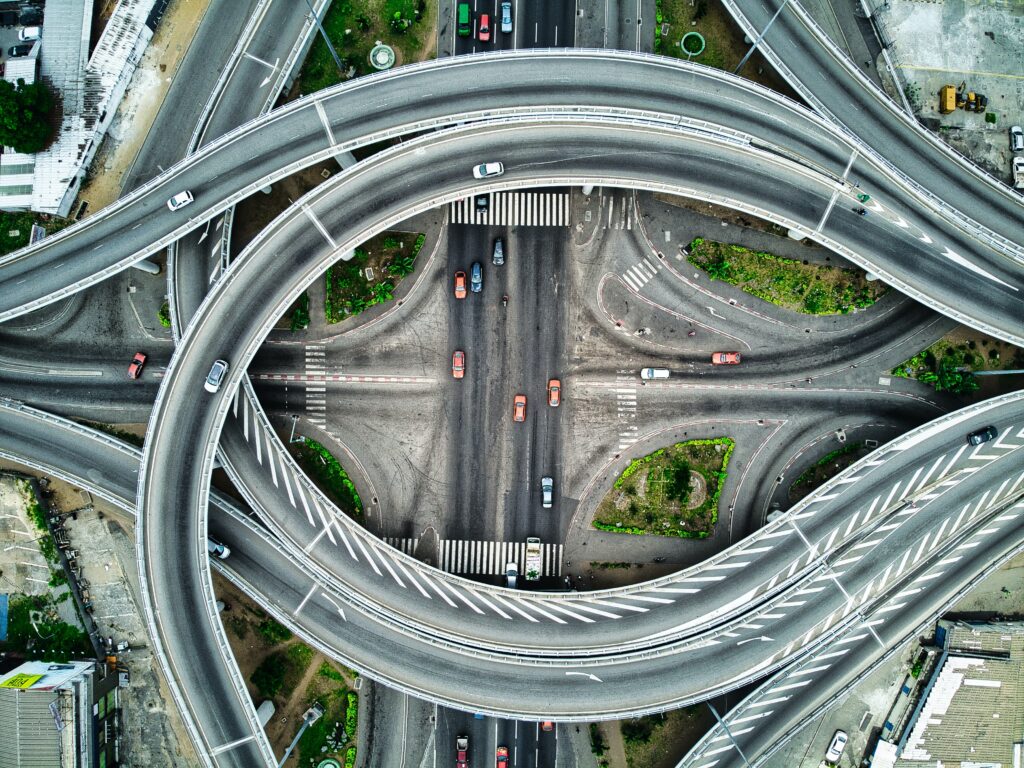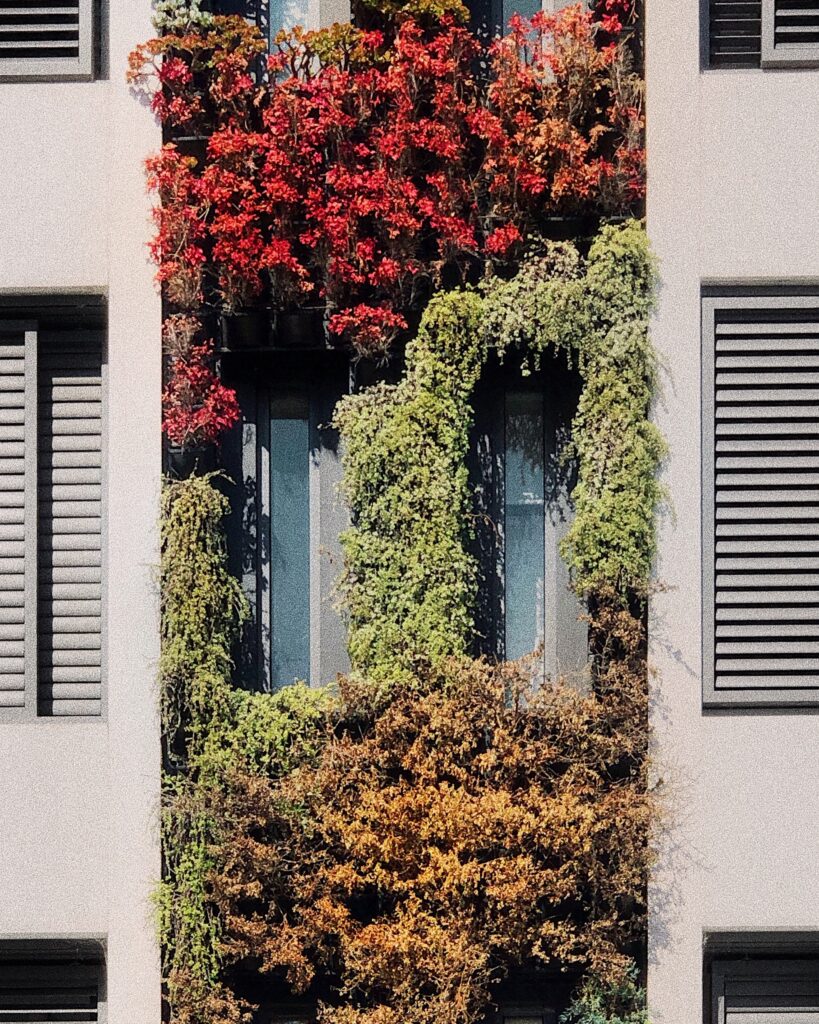Gray from the beginning
Urbanization in America grew exponentially in the first part of the 20th Century, primarily due to the increase in industrialism (steel mills, factories), as well as increased immigration from Europe. Over the last century, fantastic feats in architecture and engineering have included sprawling highways built to connect the coasts, buildings that touch the sky, and concrete channels ensuring our massive cityscapes have access to water.
While these inventions are impressive, we are learning more about the impacts of gray infrastructure and urban areas on our environment. Approximately 70% of greenhouse gas emissions worldwide come from gray infrastructure. These dense, urban areas also cause the urban heat island effect, which directly affects our energy intake, increasing temperatures and health issues.

One of the predominant issues caused by gray infrastructure is poor water quality. During heavy rains or snowstorms, stormwater falls to the surface. In urban areas, this water falls into gray infrastructures such as pipes, channels, and sewers which can result in sewage getting into our water.
Gray infrastructure often plays a role in directing stormwater into our water sources, so stormwater does not return to the earth where pollutants are eliminated. This is where green infrastructure (GI) comes into play.
What is green infrastructure?
The Water Infrastructure Improvement Act defines green infrastructure as “the range of measures that use plant or soil systems, permeable pavement or other permeable surfaces or substrates, stormwater harvest and reuse, or landscaping to store, infiltrate, or evapotranspirate stormwater and reduce flows to sewer systems or to surface waters.”
In essence, green infrastructure can store and infiltrate stormwater and prevent or lessen its impact on water systems used in urban areas. One example of green infrastructure is green roofs. These roofs are covered with plants and vegetation that allow rainfall infiltration and evapotranspiration of the stored water. These are extremely beneficial in urban areas and cost-effective. It does not involve much construction; it simply allows these gardens to bloom on top of the already constructed gray infrastructure.

Another popular form of green infrastructure is bioswales. Bioswales serve as an alternative to traditional concrete gutters and storm sewers. They also serve as a form of beautification, as they are much more aesthetically appealing than standard drainage systems; they create a more natural appearance in an otherwise extremely urban landscape. Bioswales use vegetation and plants at ground level, allowing the soil to absorb stormwater. They can assimilate local and native plants specific to an area, leading to a potential home for wildlife.
Smaller green infrastructure helps with water quality as they are cost-effective and clean soil and water of potentially dangerous contaminants. This process is called phytoremediation, and it involves filtration, extraction, stabilization, and stimulation, with plants serving as a filter for contaminants such as lead, aluminum, and arsenic. With the right soil and plants, these seemingly “small” projects can have a large cumulative impact.
These are just a few examples of the many possibilities green infrastructure presents. Each of these brings different benefits and aesthetics, helping to improve water quality. These limit stormwater runoff that could potentially affect drinking water or water that is a habitat to wildlife. While gray infrastructure allows runoff to flow freely, green infrastructure prevents runoff and thereby improves our water quality.
Working with water quality and green infrastructure
Here at Watearth, water resources are our bread and butter. We are extremely passionate about improving water quality through the use of green infrastructure. Watearth takes on numerous projects every year that focus on stormwater management and control.
In the Houston, Texas area Watearth worked with the Harris County Flood Control District (HCFCD) on their Green Infrastructure Stormwater Control Measure Backslope Swale Stream Stability Retrofit of Flood Control Channel project. This project included retrofitting and restoring native vegetation in the riparian portion of urban flood control channels. Watearth evaluated hydrology and water quality improvements using GI retrofits. EPA Storm Water Management Model (SWMM) Low Impact Development (LID) models were developed to evaluate the effectiveness of modifying a backslope drainage system to be considered an Integrated Management Practice (IMP) that meets green infrastructure criteria and enhances surface water runoff.
Watearth also worked with the Los Angeles County Public Works (LACPW) on the Adventure Park Regional Stormwater Capture and Integrated Water Resources project. Watearth took on numerous roles for this project, including designing a rain garden. Also known as a Biofiltration area, the rain garden features plants that thrive in dry and wet climate conditions, and it serves as a filtration system for Adventure Park’s surface runoff. The rain garden collects and filters park pollutants such as chemicals, oils, and debris. This was intentionally designed and constructed in an area of the park to capture as much runoff as possible.
If you would like to learn more about Watearth and our services, please visit our website. We are happy to discuss your stormwater and green infrastructure project needs.

